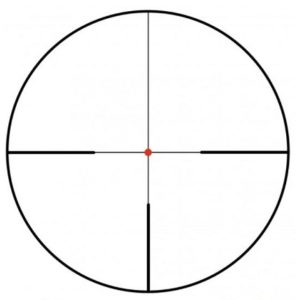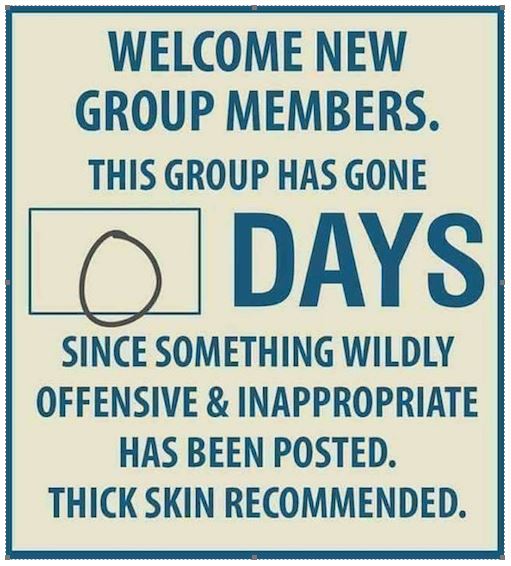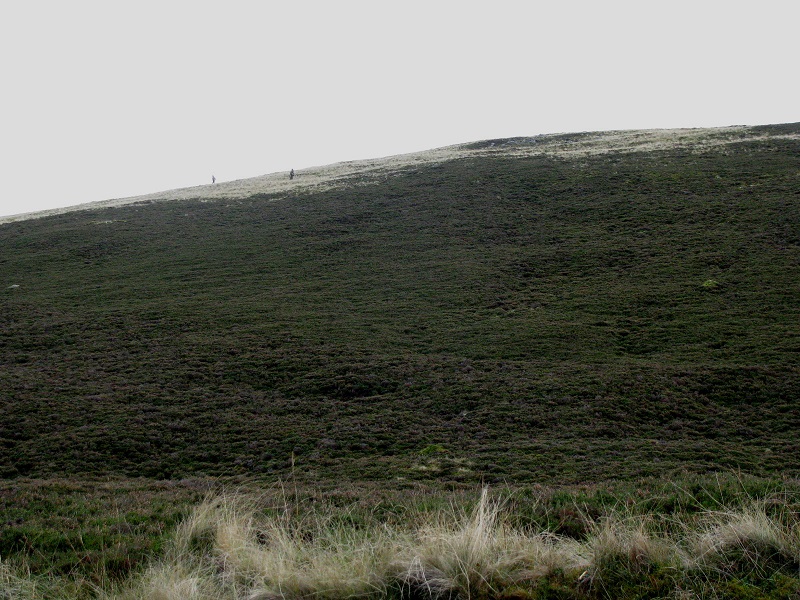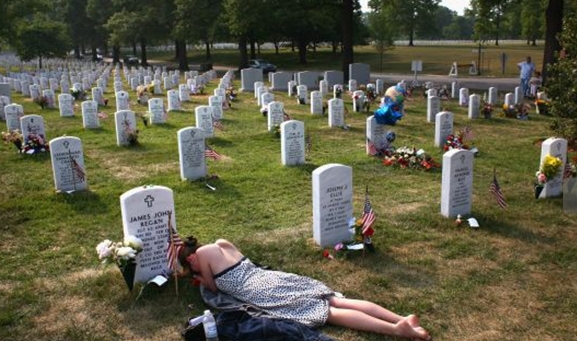Several people have asked for details on the shooting equipment we used in the Angus Glens last week.
Here’s a pic of the rifles we took up:

From left to right, they are: Combat Controller’s Browning A-Bolt, Mr. Free Market’s two Blaser R8s (the other is a “back-up” in .308 Win), my Mauser M12, and Doc Russia’s Remington 700. All of us used Harris HBLMS (9″-13″ tiltable) bipods, as they’ve proved to be the most reliable and rugged.
Here are their details, in order of seniority. (Mr. FM has been going up there for the past twenty-odd years, CC for seven, and Doc for four.)
Mr. FM:
Rifle: Blaser R8 Professional
Caliber: .300 Win Mag
Ammo: RWS Evolution 165gr RapidX
Barrel length: 24″ (six groove, 1:11″ twist)
Scope: Swarovski Gen 1 Z6i 2.5-15×56 w/ illuminated reticle + Swarovski ballistic turret
Binoculars: Leica 8×42 Geovid w/integral 1,200-meter rangefinder
CC:
Rifle: Browning A-Bolt
Caliber: .300 Win Mag
Ammo: Federal Premium 165gr Trophy Coppertip
Barrel length: 20″ — cut back from its original 24″ –(1:10″ twist)
Scope: Trijicon Accupoint 2.5-10x56mm
Binoculars: Steiner Safari 8×42
Doc Russia:
Rifle: Remington 700 M40 long action (custom-built by Fivetoes Custom Rifles)
Caliber: .300 Win Mag (Hornady 140gr)
Ammo: Hornady Superformance 180gr SST polymer tip
Barrel length: 22″ (Proof Research Carbon-Fiber)
Stock: McMillan M40A1 synthetic
Scope: Nightforce NXS 2.5-10×32mm, with ballistic turret and Vortex Optics anti-cant device
Rangefinder: Sig-Sauer Kilo 2000 (doubles as his binos)
Kim:
Rifle: Mauser M12
Caliber: 6.5x55mm
Ammo: RWS Dual-Core 140gr HP
Barrel length: 22″
Scope: Minox ZX5i 2-10x50mm 30mm tube w/illuminated reticle, on Mauser Hexalock Quick-Release mounts. Unusually, it has a German #4 reticle:

My equipment was based simply on my own experience and, as we all know, was not tested on this trip. But all agreed that my rifle and scope, at least, were quite adequate for the task. (The rifleman, maybe not so much.)
Just a few additional thoughts:
We all agree on the wisdom of using range-finders. In featureless terrain such as in the Glens (and in places such as eastern Montana and the prairie states), it is almost impossible to gauge the correct distance to target because of hidden crests, no reference points such as trees, and so on. If possible, get a range-finder that can reach out to 1,000 yards/meters at minimum — not because you’re going to take many shots at 1,000 whatever but because the longer the reach, the higher the quality. If the range-finders are incorporated into binoculars (e.g. Mr. FM’s Leica), so much the better. And when it comes to binoculars: cheap ones just don’t work, period. I tried using the “back-up” Bushnell 6×32 binos, and they were just inadequate. Leica, Swarovski, Zeiss, Steiner, whatever: don’t skimp on the quality because it will almost certainly screw up your hunt.
Ballistic turrets are not absolutely vital, but they certainly make your precision a lot easier to come by. With his turret, Doc Russia calls his shots to within an inch of point of impact at almost any distance, and his number of one-shot kills has climbed to close to 100% on flat terrain (the uphill- and downhill shots still “need work”, as he himself admits). Also: have a ballistic chart for your ammo’s performance in your rifle (the manufacturer’s specs may not reflect reality, in this regard), and keep it handy. All three of the experienced stalkers in our group had them taped somewhere (sleeve, rifle stock, wherever).
Doc also has an anti-cant device (bubble-level) built onto his scope. When the horizon is hidden in the mist or otherwise unreliable and your firing position is not on level ground, a tilted rifle makes nonsense of ballistic tables.
Personal fitness. Muscle pain, puffing and panting, pounding heart and gasping for oxygen are no way to go through hunting, son. All the pros like Craig Boddington emphasize serious exercise as preparation for every hunt. I walked a couple miles each day before my trip back to the UK, up and down quite a steep hill between my residence and the village. I should have carried a heavy pack and done the thing twice or three times a day. Even Doc Russia, who works out in the gym in his garage, referred to himself as “fat and out of condition” after his first stalk. Our Head Stalker Dougal can walk the glens all day, and has been known to run(!) up to four miles in search of a wounded deer — and even if you can’t get to that level, halfway is an absolute prerequisite.
One last point: all our rifles, as seen in the pic above, carried sound suppressors / moderators, and I cannot impress enough on my Murkin Readers what a difference these can make to hunting. Quite apart from the noise reduction (itself a wonderful benefit), the reduction in felt recoil is considerable and therefore makes target re-acquisition much quicker. The noise reduction, of course, simply turns “ear-splitting” into “bloody loud”, as we all know. (Ignore Hollywood’s depiction of a small phut! when shooting anything other than a .22 or 9mm subsonic cartridge. When sighting in our rifles on Day One, Doc touched off a shot before I could get my hands or plugs to my ears, and they were still ringing a half-hour later.) I would urge everyone to write to their Congresscritter(s) and urge them to get the HPPA (pro-moderator/suppressor) legislation to the President’s desk ASAP. It’s long past due that Americans can enjoy the benefits of suppressed-fire hunting and target shooting that our European counterparts have always had.
That’s all I can think of at the moment. Any further questions can be asked in Comments or via email, as usual.



